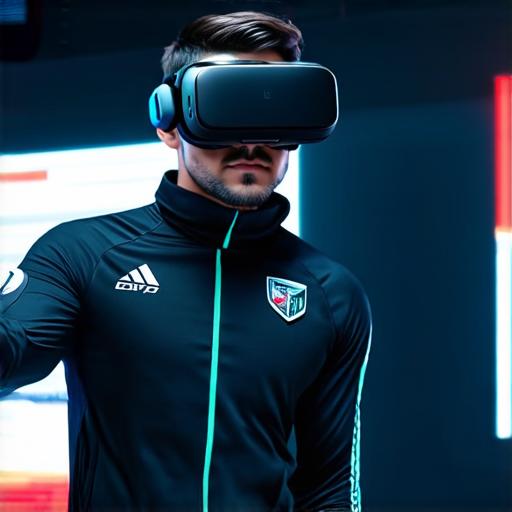Virtual reality (VR) training is a form of immersive learning that uses computer-generated simulations to create a realistic environment for employees to practice and improve their skills in a safe and controlled environment. VR training can be used in various industries, including healthcare, manufacturing, retail, and military, to name a few.
In this article, we will explore what virtual reality training entails and how it works.
What is Virtual Reality Training?
Virtual reality training involves the use of specialized headsets or goggles, sensors, and controllers to create an immersive experience that simulates real-world scenarios. Employees wear the VR headset, which tracks their movements and adjusts the environment accordingly, providing them with a sense of presence in the virtual world.
How does Virtual Reality Training Work?
Virtual reality training works by combining computer-generated graphics, motion tracking technology, and haptic feedback to create a realistic and engaging learning experience. When an employee puts on the VR headset, sensors track their movements, adjusting the virtual environment in real-time to reflect their actions. This creates a sense of presence and immersion that enhances the learning experience.
Benefits of Virtual Reality Training
Virtual reality training offers several benefits over traditional forms of learning, including:
- Improved safety: VR training allows employees to practice and improve their skills in a safe and controlled environment, reducing the risk of injury or damage to equipment.
- Increased engagement: VR training is highly engaging and immersive, which can increase employee motivation and retention rates.
- Customizable learning experiences: VR training can be customized to meet the specific needs of different industries and job roles, allowing for targeted skill development.
- Cost-effective: VR training can be more cost-effective than traditional forms of training, as it eliminates the need for expensive equipment or specialized facilities.

Summary
Virtual reality training is an immersive learning experience that offers several benefits over traditional forms of training. By providing a safe and controlled environment for employees to practice and improve their skills, VR training can help organizations improve safety, increase engagement, and reduce costs. If you are considering implementing virtual reality training in your organization, it’s important to choose a reputable provider with experience in designing and delivering effective VR training programs.
